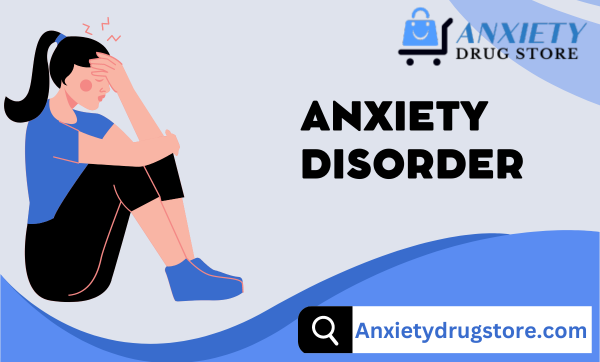
Top Techniques to Overcome Anxiety Every Day
Are you feeling overwhelmed by anxiety and looking for effective…

Muscle spasms can be quite uncomfortable and even painful. Whether they’re caused by dehydration, muscle fatigue, or an underlying health condition, muscle spasms can disrupt our daily lives and prevent us from performing at our best. Fortunately, there are several effective ways to ease muscle spasms and find relief. In this blog post, we’ll explore some of the most helpful strategies for managing and alleviating muscle spasms.
1. Stay Hydrated
Dehydration is a common cause of muscle spasms, so it’s important to ensure that you’re drinking an adequate amount of water throughout the day. The Institute of Medicine recommends a daily intake of about 3.7 liters (125 ounces) for men and 2.7 liters (91 ounces) for women, including fluids from both beverages and food. Staying properly hydrated can help prevent muscle spasms and reduce their frequency.
2. Stretch Regularly
Incorporating regular stretching exercises into your daily routine can help ease muscle spasms and prevent them from occurring in the first place. Focus on stretching the affected muscle groups to promote relaxation and flexibility. Gentle yoga or Pilates sessions can also be beneficial for maintaining overall muscle health and reducing the likelihood of spasms.
3. Warm Up and Cool Down
Before engaging in any physical activity or exercise, it’s crucial to warm up your muscles to prepare them for the upcoming exertion. A proper warm-up routine can increase blood flow to the muscles and reduce the risk of spasms. Likewise, cooling down after exercise can aid in preventing muscle tightness and spasms. Incorporate light cardio and stretching into your warm-up and cool-down routines to help keep muscle spasms at bay.
4. Massage Therapy
Massage therapy can be a highly effective way to ease muscle spasms and promote relaxation. A professional massage can target specific muscle groups and help alleviate tension and tightness. Additionally, self-massage techniques, such as using foam rollers or massage balls, can provide relief for muscle spasms in between professional sessions.
5. Apply Heat or Cold
Applying heat or cold to the affected area can help reduce muscle spasms and provide immediate relief. Heat can improve blood circulation and relax the muscles, while cold therapy can help numb the area and reduce inflammation. Depending on the underlying cause of the muscle spasms, alternating between heat and cold treatments may also be beneficial.
6. Stay Active
Regular physical activity and exercise can contribute to overall muscle health and reduce the likelihood of experiencing muscle spasms. Engaging in activities that promote strength, flexibility, and endurance can help prevent muscle imbalances and reduce the risk of spasms. However, it’s essential to listen to your body and avoid overexertion, as excessive strain on the muscles can lead to spasms.
7. Stay Well-Nourished
A balanced and nutritious diet plays a crucial role in maintaining muscle health and preventing spasms. Make sure your diet includes an adequate amount of potassium, magnesium, and calcium, as deficiencies in these essential minerals can contribute to muscle spasms. Foods such as bananas, spinach, nuts, and dairy products can help ensure that your body receives these vital nutrients.
8. Seek Medical Attention
If you experience persistent or severe muscle spasms, it’s important to seek medical attention to identify and address any underlying health issues. Certain medical conditions, such as nerve compression, electrolyte imbalances, or muscle injuries, can lead to recurring muscle spasms. A healthcare professional can provide a proper diagnosis and recommend a tailored treatment plan to manage the spasms effectively.
Conclusion: muscle spasms can be effectively managed and alleviated through various lifestyle adjustments and targeted interventions. By staying hydrated, incorporating stretching exercises, maintaining a balanced diet, and seeking appropriate medical care when needed, individuals can reduce the frequency and intensity of muscle spasms. Developing healthy habits and being proactive in addressing muscle health can contribute to a significant reduction in muscle spasms, allowing for improved overall well-being and mobility.